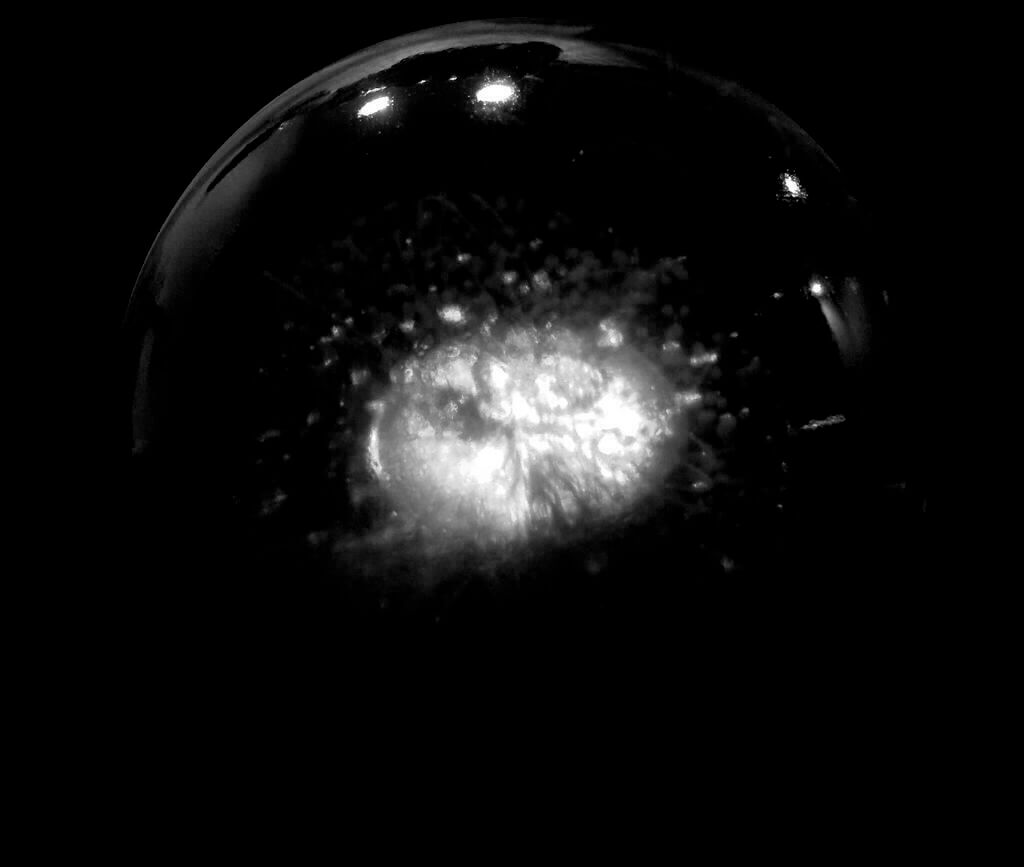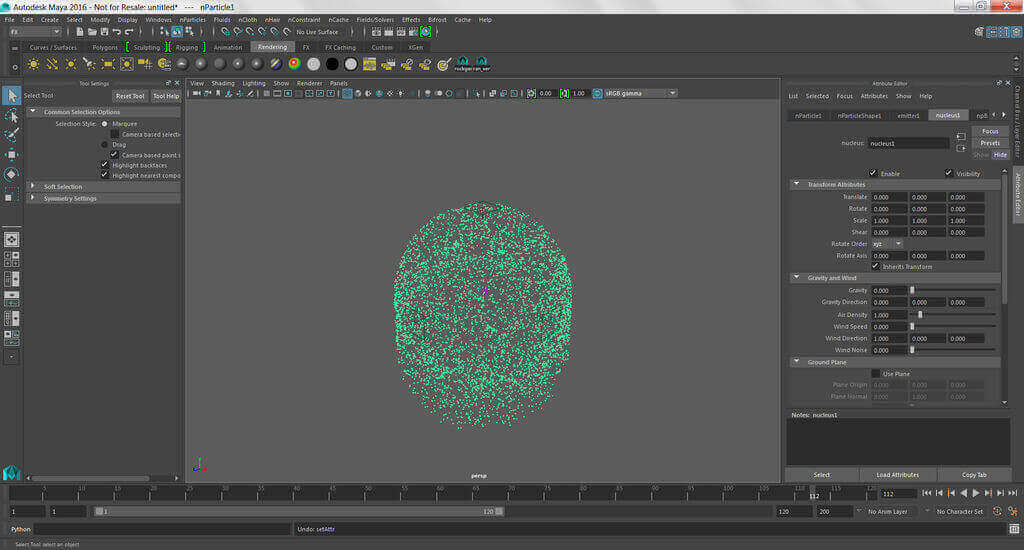What do you do with an Master of Fine Arts and the great title of Artist in Residence at Autodesk? Make a 3D printed universe a marble, of course!
Noa P. Kaplan isn’t just any maker. She’s a lecturer at UCLA, with plenty of awards and past exhibits at the ACME gallery, Rosamund Felson Gallery, and the California Nano Systems Institute. Her latest project involves 3D printing the universe within a marble.
With almost 20,000 views on Instructables, the marble is bound to amaze science and art fans, alike.

The particles are 3D printed suspended in a clear marble, which is no easy task. Kaplan’s instructions don’t include just a file to download and print, but a whole list of details and is not for the feint of heart.
“It covers particle simulation, converting particles to polygons, exporting assemblies, and multi-material printing.”
Though Kaplan has used a sphere, she explains that any geometry, simple or complex, will do the trick. Using Autodesk Maya, she turns her shape into a particle emitter, plays with the gravity function and begins constructing the masterpiece. Finally, she can “capture a moment in time,” by recording the particles movements. After that, it’s time to create the marble and define its attributes. You can read the whole instructable here.
The file was then printed on a professional Objet Connex 500 Multi-Material 3D Printer.

The result is being able to freeze nearly any moment in a tiny marble. Kaplan has already experimented with electron orbitals, galaxies and, of course, the universe.
However, she notes the most complex print involved CERN‘s proton collision data. The files were so large that the computer repeatedly crashed – though she was able to finally successfully print.
But don’t put on your work pants just yet. As many on Instructables have commented, the tools involved for this project were highly precise and expensive. Much like fine art at a museum, these marbles will likely remain in an exhibit and not in your garage. Still, it’s a mind-boggling and inspirational combination of art and science. The fact 3D printing enables the printing of tiny suspended universes, or any combination of particles means physically grasping concepts that are very difficult to mentally grasp.
License: The text of "3D Printed Universe In A Marble? Yes, Please!" by All3DP is licensed under a Creative Commons Attribution 4.0 International License.